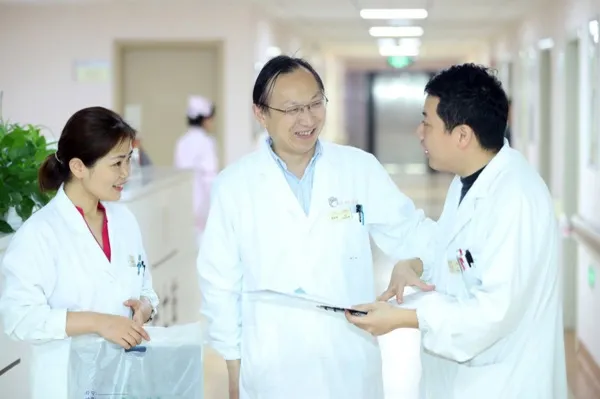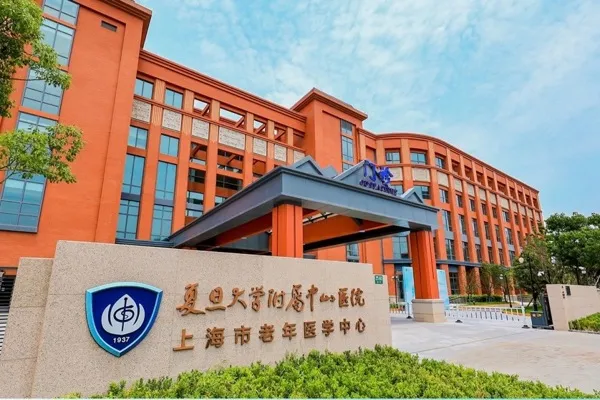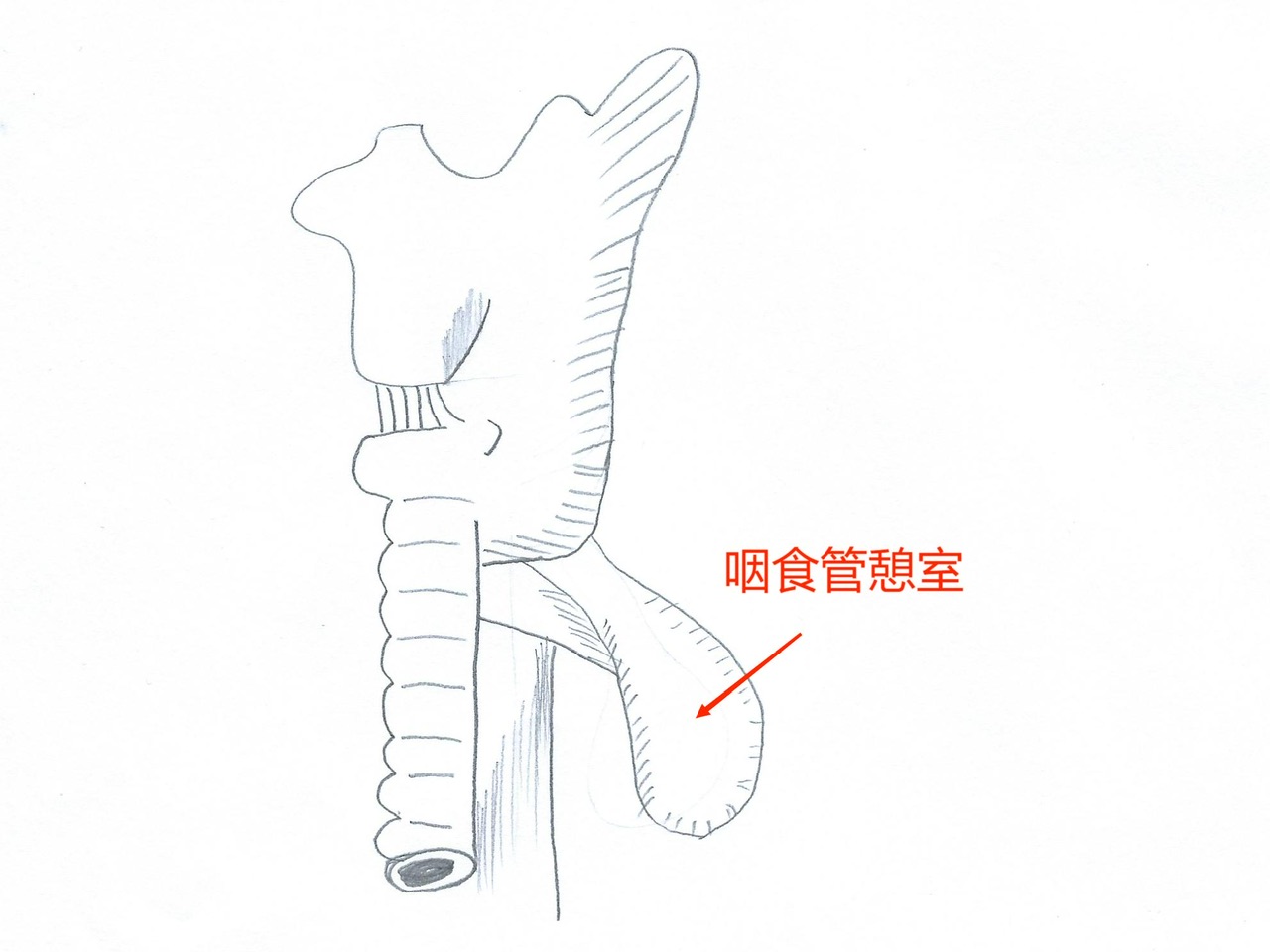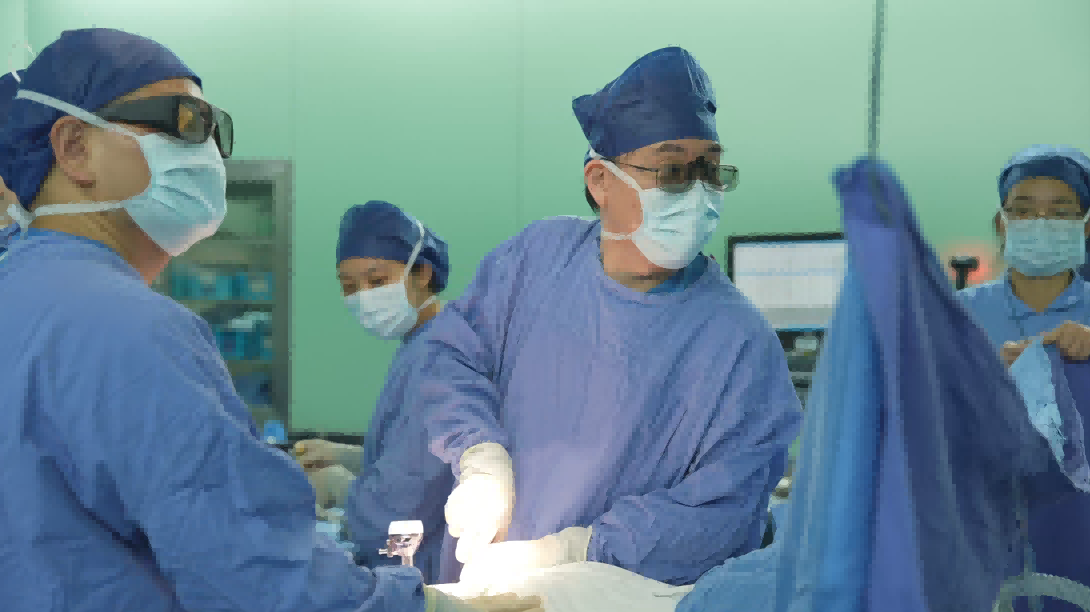Shanghai experts "seed" blood vessels in the brain to help the child regain his life, and Uzbek children sought medical treatment across borders
Marianne, a 4-year-old girl, suffers from ischemic moyamoya disease. Her parents brought her from Uzbekistan to Shanghai for medical treatment. She successfully underwent two craniotomies at the National Children's Medical Center and the Children's Hospital Affiliated to Fudan University. Through blood supply reconstruction, the experts "seeded" the rich blood vessels in the dura mater and other parts of the brain to improve brain circulation. Today, Marianne, who has been reborn, was successfully discharged from the hospital and set off to return to Uzbekistan with her family.
A year ago, Marian had symptoms of weakness in both lower limbs after crying several times. In mid-to-late March this year, she suddenly had convulsions in her right limbs, and her movements were still limited after the convulsions stopped. The local hospital diagnosed her with possible moyamoya disease and gave her medication. A week later, Marian's left limbs and face on the other side convulsed, and her limb muscle strength decreased, accompanied by slurred speech and left-sided facial paralysis. Since then, the child's muscle strength in both limbs has not been fully restored, especially the fine movements of her hands are more difficult to complete.
It turned out that Marian suffered from moyamoya disease with bilateral frontal and parietal lobe infarctions, and the most effective treatment was surgery. After consulting several neurosurgeons in Uzbekistan, Turkey and Russia, the parents found that they had only a very limited number of cases of moyamoya disease, did not have much clinical experience, and had limited knowledge of the disease.
After much inquiry, the parents learned that Professor Xu Bin of Huashan Hospital affiliated to Fudan University in Shanghai, China, had made keynote speeches on moyamoya disease at international academic conferences on neurosurgery many times. Through communication with Professor Xu and detailed and in-depth understanding, Marian's parents learned that Shanghai, China has the world's most experienced experts and teams in the diagnosis and treatment of moyamoya disease. It is understood that the Children's Hospital affiliated to Fudan University performs nearly 100 moyamoya disease surgeries for children every year, and has rich experience in the diagnosis and treatment of hemorrhagic or ischemic cerebrovascular diseases in children.
After sufficient communication and preparation in the early stage, Marian and her family were successfully admitted to the ward of Fudan Pediatrics International Medical Department on April 17. After completing relevant examinations, the Medical Department, Neurosurgery Department, and International Medical Department organized a multidisciplinary consultation for Marian. Expert teams from critical care medicine, neurology, anesthesiology, rehabilitation, and psychology jointly conducted detailed discussions and developed a personalized treatment plan.
Expert introduction: Moyamoya disease is a chronic progressive cerebrovascular disease characterized by stenosis or occlusion of the bilateral internal carotid artery bifurcation and the arteries around the Willis circle, accompanied by the formation of obvious arterial collateral circulation, which can manifest as cerebral infarction or cerebral hemorrhage. During angiography, the contrast agent enters the collateral vascular network and appears like a cloud of smoke in the brain, so it is called "moyamoya disease."
Professor Li Hao, director of the Department of Pediatric Neurosurgery at Fudan University, introduced that moyamoya disease is divided into ischemic and hemorrhagic types. Marian suffers from typical ischemic moyamoya disease, which is more common in children than in adults. Children often suffer from ischemic symptoms due to exercise, crying, coughing, exertion, fever or hyperventilation, including transient ischemic attack, ischemic stroke and epilepsy.
This time the child suffered from a typical bilateral lesion, with obvious occlusion of both middle cerebral arteries. He needed to undergo two craniotomies to improve bilateral cerebral circulation through blood vessel reconstruction, reduce the proliferation of smoke-like vessels, and thus reduce the incidence of ischemic and hemorrhagic stroke.
After the treatment team carefully formulated a detailed surgical strategy, on April 23, Professor Xu Bin from the Department of Neurosurgery of Huashan Hospital, Professor Li Hao, Director of the Department of Pediatric Neurosurgery of Fudan University, and Shi Wei, Deputy Director of the Department of Neurosurgery, performed a craniotomy on Marian and performed a right-side brain-dura-muscle-vascular anastomosis to "seed" blood vessels from other parts of the dura mater into the cerebral cortex, thereby improving blood circulation in the brain.
In order to allow the newly formed blood vessels to nourish the right cerebral hemisphere, which previously lacked adequate perfusion, more than a month is required between the two craniotomies. The visa validity period for the child and his family is one month. To ensure the continuity of treatment, the hospital assisted the child's family and extended the visa validity period to 3 months to fully meet the treatment needs.
While waiting for the second surgery, the treatment team used active rehabilitation therapy and music therapy to help the child better recover his motor and language functions and relieve his emotions.
On June 4, the treatment team successfully performed a second craniotomy on Marian - a left-side brain-dura-muscle-vascular anastomosis. After the operation, Marian passed the critical period smoothly and was transferred from the intensive care unit back to the international medical department ward on the 6th. Marian, who recovered smoothly after the operation, was discharged from the hospital today and set off to return to Uzbekistan with her family.
Experts said that this complete surgical treatment improved the bilateral cerebral circulation of the children through "revascularization", reduced the proliferation of smoke-like vessels, greatly reduced the incidence of ischemic and hemorrhagic stroke, and protected the children's developing nervous system from further ischemia.
The expert also added that the clinical cure rate of children with moyamoya disease is over 80%, and over 90% of children can achieve clinical symptom relief and resume normal life. Fudan Pediatrics has rich experience in the diagnosis and treatment of hemorrhagic or ischemic cerebrovascular diseases in children, and is at the leading level in China. It has a composite surgery platform that can simultaneously apply interventional and craniotomy surgery to treat complex cerebrovascular malformations in children.
The reporter also learned that this year, Fudan Pediatrics organized multidisciplinary consultations in the Maritime International Consultation Hall for two Russian children and one Georgian child, respectively solving the children's intractable epilepsy and "blocking" the cerebrospinal fluid leakage that had plagued them for many years, reflecting Shanghai's superb pediatric diagnosis and treatment level as an Asian medical center.






